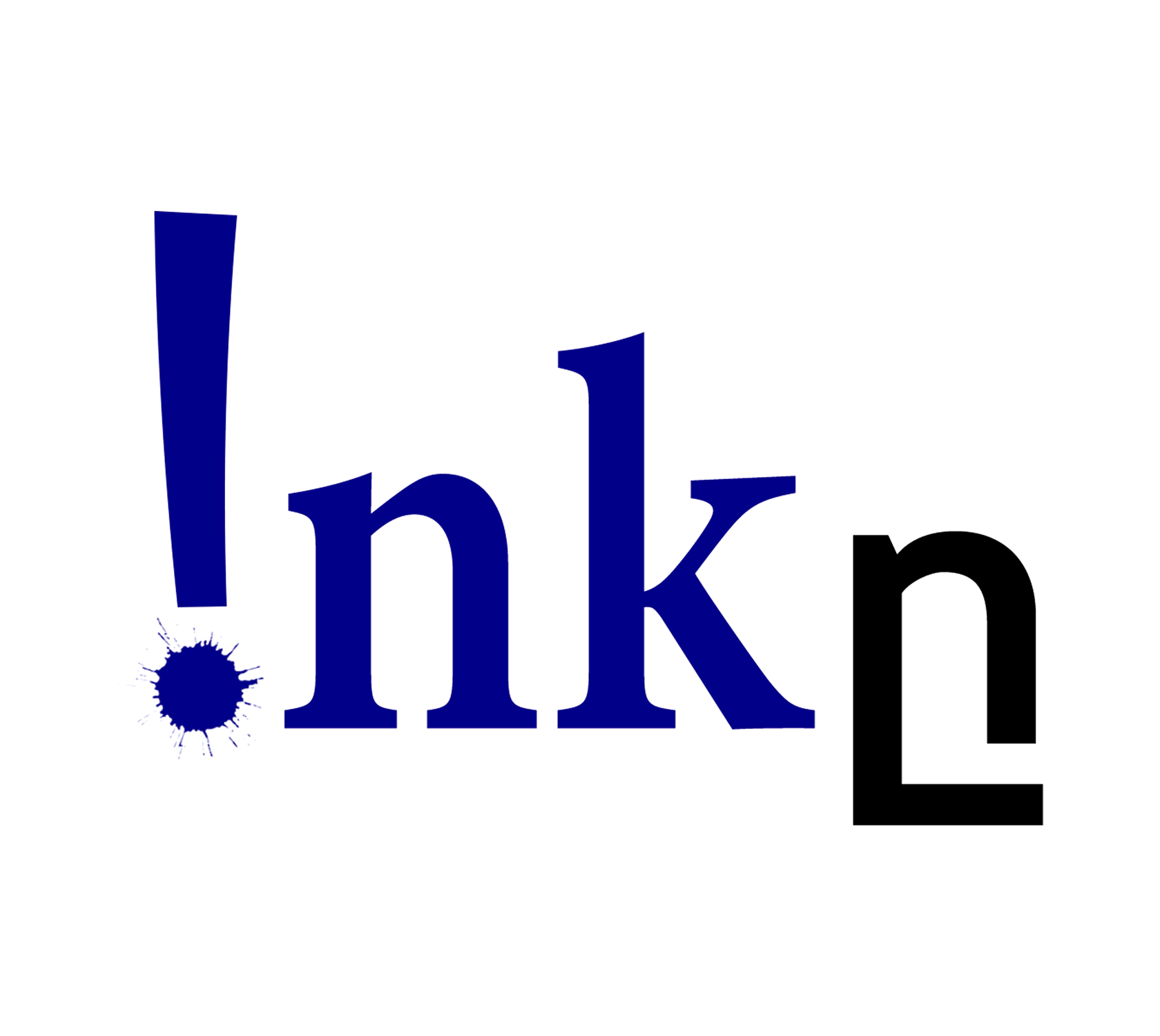Arts & Culture
Louis Sullivan
Housing designer in the Johnathan Hay Centre that provided a "culturally specific living" for laborers and migrants from the countryside.
1986
In the Footsteps of Libraries
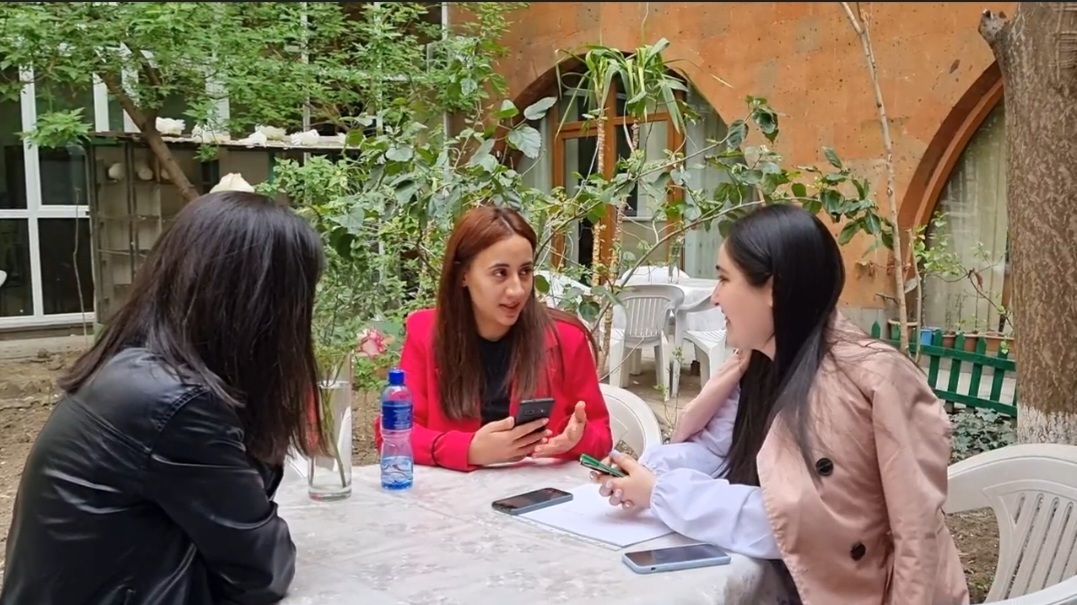

May 2022
Many fictions, historical and foreign writers' works are housed in a not-so-visible building near Republic Square. This library, named after Avetik Isahakyan, is well-known. It has numerous distinctive sections compared to other libraries, such as "American Corner," "British Center," "Francophonie Center," "Asian Center" and so on. The library holds a special place in the hearts of Yerevan residents. The Avetiq Isahakyan library's books are solely available to citizens of the capital city, and residents of the regions can only utilize the reading room. This seemingly little library, which is considered the first mass library, compliments Yerevan's image. Within the institution, there is a large team of people working. Libraries are inextricably important for the depiction of each state, according to Nadya Antonyan, a librarian and author of various textbooks. According to her, the relationship between society and libraries is important since it highlights and integrates the state's characteristics. Many people in the digital age, on the other hand, may not even see the large bookcase hidden behind these walls. "Libraries are the city's heart because we couldn't experience the brain, sight, scent, etc. without our heart," explains Alvard Haroyan, a Goy Theater actress and a regular reader of Avetik Isahakyan's library.
Consider Yerevan as a human feature that greets those who live in its loving embrace as well as visitors. Libraries will play a crucial part in this function. Libraries, in that image of Yerevan, are the brain, where our past, present and genuine way to the future are all maintained. In Armenia, there are approximately 675 libraries, the majority of which are community libraries that serve a single community. However, in the heart of Armenia, there are several important libraries in Yerevan, which offer the city a new aspect and feel. Despite this, they are frequently hidden or go unnoticed by many citizens. Alvard Haroyan, a Goy Theater actress and a regular reader of Avetik Isahakyan's library.
Photo taken by Greta Sargsyan
Photo taken by Greta Sargsyan
Louis Sullivan
Housing designer in the Johnathan Hay Centre that provided a "culturally specific living" for laborers and migrants from the countryside.
1986


The Matenadaran has been in existence since 1921, much before the Avetik Isahakyan Library. It is one of the oldest institutes for the study and preservation of ancient writings. Matenadaran is now recognized as one of the most important locations for the preservation and development of national memory. In 1997, the Matenadaran was added to the UNESCO World Heritage List. According to Anush Sargsyan, a Matenadaran librarian, the institution now has a little function to perform. "There appear to be few visitors to Matenadaran; there appears to be no need." Matenadaran is only visited by students or scholars who utilize the library or reading room."
Aside from various libraries of historical or mythical importance, several libraries, such as the Music Library, the Republican Scientific-Medical Library and others, have extensive professional collections. The Scientific-Medical Library, which opened in 1939, has a large collection of materials to suit the demands of its students continuously. The Republican Scientific-Medical Library is the primary repository for medical bibliographic and informational resources. The majority of the library's collection was cruelly destroyed by the 1946 flood. The library was only renovated in 1949. Over the years, the library has amassed one of Armenia's most comprehensive collections of biomedical literature and information sources. According to a student at Armenia's Medical University, many individuals are ignorant of the Scientific-Medical Library and may not even be aware of its existence. The library is mostly used by students and physicians.
Libraries are vital to the cultural growth and preservation of Yerevan. When there isn't a single reader in the library, the structure isn't adequate. As previously said, many libraries go unseen by the general public. Nonetheless, the contact with the public aids in emphasizing the importance of libraries in the image of Yerevan and Armenia in general.
Greta Sargsyan
Photo taken by Elina Yerkanyan
Photo taken by Greta Sargsyan
Although the Matenadaran is Armenia's oldest and most valuable repository, few people are aware that it also has a library and reading area. Many of us have just scratched the surface of this old edifice. Even though many of us are aware of it, it is still relatively unknown and unnoticed.
When we compare Armenian libraries to libraries in Bolonia, she claims, we can detect a lot of distinctions. While she was in Bolonia, she remembered how much she liked going to the central library. "Everyone could be seen there. The library was a venue for everyone, not only students and scholars."
Louis Sullivan
Housing designer in the Johnathan Hay Centre that provided a "culturally specific living" for laborers and migrants from the countryside.
Charents and Buddhism
May 2022
The next room, his office, is the most intriguing one, as it fully exposes his character. Once we step into the room a splash of red takes us into a different world. The walls are red, the carpets are red, one of the tables has a red cover. Inside the pleasantly overwhelming red, all of his collected books, art works seem unordinary and more significant. A big sculpture of a smiling Buddha's head is on the table and Japanese prints on fabric are hanging from the walls. They create a temple atmosphere. Red is a key color in Buddhism, it symbolizes life itself and the world of a person who is close to enlightenment, but at the same time bogged down in the shackles of attachments, passions, and vices. Red helps to get rid of the illusory nature of life. For this reason Buddhist monks wear red clothing. And perhaps this was Charents’ motivation to have red as the main color of the room. In his office there is a drawing of him, done by Alexander Bazhbeuk-Melikyan, it’s of Charents sitting cross legged, the meditation pose, which according to his friends, was Charent’s favorite sitting position. When Charents saw the drawing, he took a pencil and wrote Mahatma Charents on it, with Russian letters. On top he wrote a note to himself “Your soul is still inexperienced, still weak Charents. Train your soul like Mahatma Gandhi, the great Indian.” Mahatma Gandhi was known to be one of the most prominent messengers of peace and Charents strived to reach Ghandi’s level of enlightenment. He was working on calcifying his spirit and mind, and perhaps the red color was meant to help him on his spiritual journey, as the meaning behind it perfectly fits the note he wrote on the drawing.
The next room, his office, is the most intriguing one, as it fully exposes his character. Once we step into the room a splash of red takes us into a different world. The walls are red, the carpets are red, one of the tables has a red cover. Inside the pleasantly overwhelming red, all of his collected books, art works seem unordinary and more significant. A big sculpture of a smiling Buddha's head is on the table and Japanese prints on fabric are hanging from the walls. They create a temple atmosphere. Red is a key color in Buddhism, it symbolizes life itself and the world of a person who is close to enlightenment, but at the same time bogged down in the shackles of attachments, passions, and vices. Red helps to get rid of the illusory nature of life. For this reason Buddhist monks wear red clothing. And perhaps this was Charents’ motivation to have red as the main color of the room. In his office there is a drawing of him, done by Alexander Bazhbeuk-Melikyan, it’s of Charents sitting cross legged, the meditation pose, which according to his friends, was Charent’s favorite sitting position. When Charents saw the drawing, he took a pencil and wrote Mahatma Charents on it, with Russian letters. On top he wrote a note to himself “Your soul is still inexperienced, still weak Charents. Train your soul like Mahatma Gandhi, the great Indian.” Mahatma Gandhi was known to be one of the most prominent messengers of peace and Charents strived to reach Ghandi’s level of enlightenment. He was working on calcifying his spirit and mind, and perhaps the red color was meant to help him on his spiritual journey, as the meaning behind it perfectly fits the note he wrote on the drawing.
His last years, Charents spent most of his time in his office, writing. He lived there mostly. Red is considered an aggressive color, but somehow the breath of Charents makes that room a heavenly tranquil place.
He had a collection of Buddha’s statues. Martisros Saryan made a drawing of Charents, the name was “Charents with His Family.” and it includes a statue of Buddha's head. That’s how deep into Buddhism Charents was. “Buddha was considered a part of his family,” jokingly says the director of the museum.
He had a collection of Buddha’s statues. Martisros Saryan made a drawing of Charents, the name was “Charents with His Family.” and it includes a statue of Buddha's head. That’s how deep into Buddhism Charents was. “Buddha was considered a part of his family,” jokingly says the director of the museum.
Yerevan has some interesting spots, and one of the most peculiar ones is
Yeghishe Charents’ museum, where Charents spent the last two years of his life.
Many people know Charents’ genius as a poet, but only a few know about his unique personality.
Not only was he a great poet, but a great life enthusiast as well. He had a fascinating mind that
struggled for peace of his soul and for his country. After reading Charents’ work, it becomes
obvious that he was in a constant search of bliss and enlightenment and after one visit to the
museum, we can see that Charents tried to find this bliss in Buddhism and the Asian culture,
judging by the items he surrounded himself with.
Yeghishe Charents’ museum, where Charents spent the last two years of his life.
Many people know Charents’ genius as a poet, but only a few know about his unique personality.
Not only was he a great poet, but a great life enthusiast as well. He had a fascinating mind that
struggled for peace of his soul and for his country. After reading Charents’ work, it becomes
obvious that he was in a constant search of bliss and enlightenment and after one visit to the
museum, we can see that Charents tried to find this bliss in Buddhism and the Asian culture,
judging by the items he surrounded himself with.
Louis Sullivan
According to his friends, Charents used to wear kimonos at home. In some of his drawings his clothes seem to be inspired by asian culture. His infamous red hat is also an ode to Buddhism. He loved smoking pipes, which are exhibited in the museum. His poetry, even though expressing feelings of dissatisfaction with life, has a sense of serenity to it. Forming the mental image of Charents makes it seem like Picasso made the painting “Garçon à la pipe” for him: the young boy sitting cross legged, with a pipe. A frowning face, yet so zen.
Surrounding himself with the spirit of Buddhism, helped Charents fully immerse in that world. Asian culture truly has a mysterious calmness. The artworks take the viewers off from the materialistic world and put them into a more natural, a more spiritual life. Buddhism being the only known religion with no Gods, preaches peace to be found within a person, without depending on any Gods. One of the most rational, yet soulful religions. Perhaps this is what intrigued Charents. He struggled with his mind on a level that most humans cannot comprehend. The words he used to express his innermost misery unveil how much of a deep thinker he was, not living on the surface of life.
Unfortunately, not all of Charent’s items were saved. Friends and family, who were able to save some of his stuff, contributed to the collection presented in the museum. Nonetheless, extant proofs of choices in how he chose to decorate his home unfailingly uncover his astounding taste. He was not just a gifted young man, he was a prodigy, he was a fascinating human being. Armenians love his poetry, but they don’t know the true Charents. He was one of the greatest Armenian writers, and our knowledge about him shouldn’t be limited by a few of his famous poems. He had a very interesting lifestyle that can inspire those who have tasted misery to find a way to embrace it, express it and use it to their benefit to get closer to nirvana.
Arpenik Hayryan
Louis Sullivan
Housing designer in the Johnathan Hay Centre that provided a "culturally specific living" for laborers and migrants from the countryside.
The Revival of the
Armenian Cultural Tourism:
“Haya” and EventToura’s Festivals
Armenian Cultural Tourism:
“Haya” and EventToura’s Festivals
May 2022
However, organizing festivals like “Yerevan Wine Days,” which hosted over 30.000 visitors in 2018 and 2019, doesn’t come without difficulties.
Manukyan points out that the major problem that EventToura faced during its activity was breaking the stereotypes that the city authorities and the public have about organizing cultural events taking place in our capital city.
“One way or another, you’re causing discomfort to the city during festival days. It can be connected with transportation or noise. So we needed to break this stereotype for the citizens to realize that these festivals are organized for their own good.”
Manukyan points out that the major problem that EventToura faced during its activity was breaking the stereotypes that the city authorities and the public have about organizing cultural events taking place in our capital city.
“One way or another, you’re causing discomfort to the city during festival days. It can be connected with transportation or noise. So we needed to break this stereotype for the citizens to realize that these festivals are organized for their own good.”
But what are the challenges that stand out in the way of festival organization in Armenia, and how has the industry of cultural tourism changed after such major events as the pandemic, the 2020 Artsakh War, and the ongoing Russia-Ukraine war that provoked the massive flow of Russian and Ukrainian tourists to our homeland?
The director of Areni Wine Festival foundation and the co-founder and creative director of the EventToura company, Nune Manukyan, says that the festival organization sphere has not recovered yet and that a lot of people haven’t overcome their fears to start visiting the local cultural events, but the recently-arrived tourists are quite active in that regard. And we can witness the proof of that by ourselves just by dropping by the “International Jazz Day Yerevan” or the “Gastro Fest” in Dilijan.
The director of Areni Wine Festival foundation and the co-founder and creative director of the EventToura company, Nune Manukyan, says that the festival organization sphere has not recovered yet and that a lot of people haven’t overcome their fears to start visiting the local cultural events, but the recently-arrived tourists are quite active in that regard. And we can witness the proof of that by ourselves just by dropping by the “International Jazz Day Yerevan” or the “Gastro Fest” in Dilijan.
Elina Yerkanyan
From “Yerevan Wine Days” to “Yerevan Music Night” and “Silk Note Festival.” All of these names either remind us of the warm and vibrant memories connected with festival celebrations we’ve had back in the pre-pandemic times or make us anticipate how the sunny Yerevan will host its old and new fests in the 2022 spring-summer season - the time when the city is truly waking up from hibernation.
Festivals are indeed significant elements of Armenia’s cultural flavor. However, what they do is that they not only enrich the mundane routine of our compatriots and pull them out of their houses but also play the role of attracting thousands of tourists enthused about getting acquainted with the Armenian culture.
Festivals are indeed significant elements of Armenia’s cultural flavor. However, what they do is that they not only enrich the mundane routine of our compatriots and pull them out of their houses but also play the role of attracting thousands of tourists enthused about getting acquainted with the Armenian culture.
According to Manukyan, surveys estimate that “40% of the tourists that come to Armenia spend at least 1200 dollars there,” so promoting the local tourism sphere in general also impacts the development of the Armenian economic sector, and such festival-organizing companies as EventToura contribute to this indirect investment in our economy.
Founded in 2018, EventToura is a company organizing festivals, conferences, and other large-scale events, some of which like “Yerevan Wine Days,” “Yerevan Gastro Day” or “Yerevan’s Music Night” became the beloved cultural events of the year for some of our compatriots. The company is collaborating with international tourism agencies and journalists in strive to promote the local tourism sphere, inspire Armenian producers and make the specifics of the Armenian culture recognizable all over the world.
Founded in 2018, EventToura is a company organizing festivals, conferences, and other large-scale events, some of which like “Yerevan Wine Days,” “Yerevan Gastro Day” or “Yerevan’s Music Night” became the beloved cultural events of the year for some of our compatriots. The company is collaborating with international tourism agencies and journalists in strive to promote the local tourism sphere, inspire Armenian producers and make the specifics of the Armenian culture recognizable all over the world.
Louis Sullivan
“Initially, the mission of the festival was to popularize Yerevan as a cradle of wine-making and attract tourists interested in combined tours in the Caucasus,” says Manukyan, emphasizing that from the beginning the organization of the festivals was targeted at developing external tourism in the country.
“The Armenian culture, wine and food and of course the welcoming attitude and the sociability of the Armenian people.” Those are the main features that Manukyan thinks draw the attention of the foreign travel lovers and tempt them to visit our hospitable homeland. Adding to that, EventToura’s co-founder also mentions that there has been a notable trend of the tourists, once visiting cultural events in Yerevan, revisiting Armenia after it or recommending it to their friends and acquaintances.
“The Armenian culture, wine and food and of course the welcoming attitude and the sociability of the Armenian people.” Those are the main features that Manukyan thinks draw the attention of the foreign travel lovers and tempt them to visit our hospitable homeland. Adding to that, EventToura’s co-founder also mentions that there has been a notable trend of the tourists, once visiting cultural events in Yerevan, revisiting Armenia after it or recommending it to their friends and acquaintances.
Besides bringing changes to our citizen’s attitude towards the hustle around festival organizations, EventToura is also going to bring new cultural events that will certainly have an impact on the development of the tourism sphere in Armenia. One of them is going to be the “Beer Days” festival held in Gyumri, which will not only help the discoverers of Armenian culture to witness the historic beauty of former Alexandapol but also support decentralized tourism in the country.
The recently created concert festival, "Haya," which is organizing the concerts of such prominent performers as 50 Cent, Zaz and Led Zeppelin Symphonic Orchestra in Armenia, also had this intention and was considering regions as the main location for the concerts.
The recently created concert festival, "Haya," which is organizing the concerts of such prominent performers as 50 Cent, Zaz and Led Zeppelin Symphonic Orchestra in Armenia, also had this intention and was considering regions as the main location for the concerts.
However, as the festival's art director, Nona Isajanyan, informs, the plan didn't work out due to the lack of technical resources necessary for organizing concerts with high capacity. That left the organizers to putting off this idea until the next year and deciding to hold the festival in Yerevan until then. Isajanyan pointed out that besides the lack of convenient locations accommodating a big number of listeners, concert venues in Armenia also fail to provide "technical facilities like high-quality sound and light effects." Because of this, the "Haya" festival will invite foreign skilled professionals that will provide the stage equipment.
Despite all the problems, Isajanyan is sure that the concert will perform its mission well and grab the attention of a lot of tourists from Georgia, Russia, Iran and elsewhere and have its investment in the Armenian economy. The festival also aims to set the infrastructure for organizing large-scale events in Armenia, activate the culture of visiting concerts, and develop the musical taste of the local population.
Despite all the problems, Isajanyan is sure that the concert will perform its mission well and grab the attention of a lot of tourists from Georgia, Russia, Iran and elsewhere and have its investment in the Armenian economy. The festival also aims to set the infrastructure for organizing large-scale events in Armenia, activate the culture of visiting concerts, and develop the musical taste of the local population.
The 'Haya' festival is unique in the sense that it is going to be held in the Coachella format and in that it will introduce multi-genre music to the audience: classical music, rock, rap, etc., which will also reflect its idea of combining the new and the old," notes the art-director.
Isajanyan also mentions that while the festival's final artist lineup is getting clarified, and the concerts of such performers as Sting and Stevie Wonder are being negotiated for next year, it has already been confirmed that "Coachella" festival's marketing manager is going to be present at "Haya" and participate in the organizing process.
Whether "Haya" and EventToura's festivals will revive the cultural tourism sphere and bring festival organization in Armenia to the next level is a question yet to be answered; what can be said with certainty is that the spring-summer season will indeed be an active time both for our compatriots and for the tourists.
Isajanyan also mentions that while the festival's final artist lineup is getting clarified, and the concerts of such performers as Sting and Stevie Wonder are being negotiated for next year, it has already been confirmed that "Coachella" festival's marketing manager is going to be present at "Haya" and participate in the organizing process.
Whether "Haya" and EventToura's festivals will revive the cultural tourism sphere and bring festival organization in Armenia to the next level is a question yet to be answered; what can be said with certainty is that the spring-summer season will indeed be an active time both for our compatriots and for the tourists.
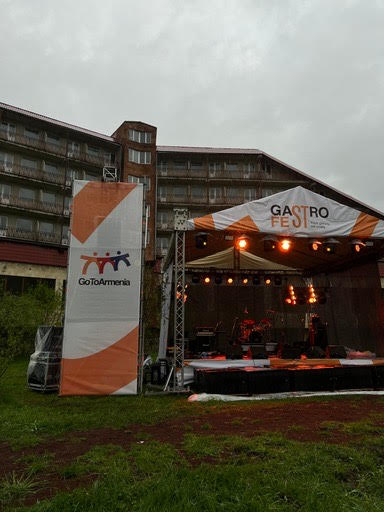
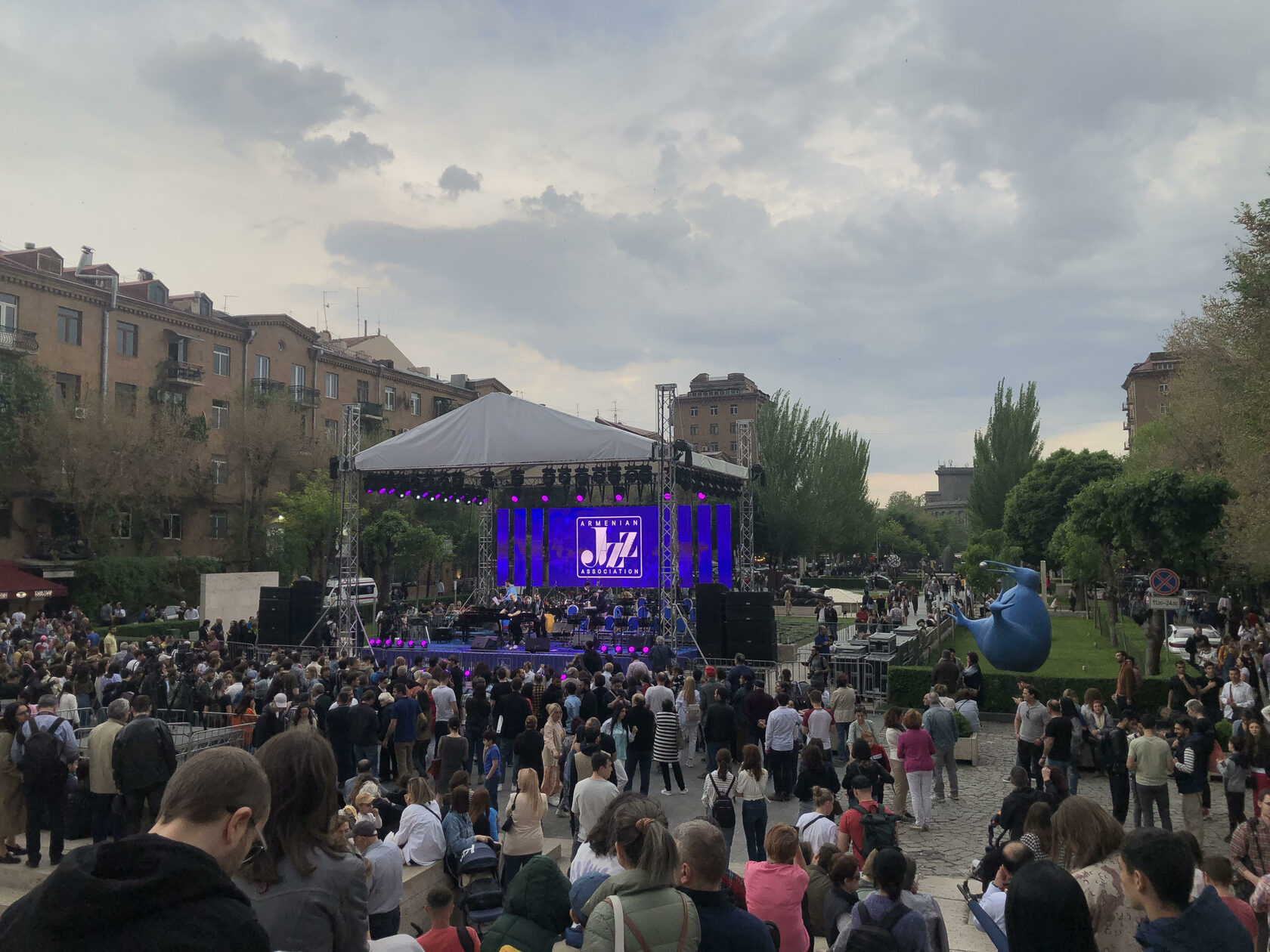
Photo taken by Elina Yerkanyan
Photo taken by Elina Yerkanyan
Louis Sullivan
Housing designer in the Johnathan Hay Centre that provided a "culturally specific living" for laborers and migrants from the countryside.
May 2022
It is impressive how a creator of such art does not invest his time and energy into creating something just for the sake of creating. Nor does he do it for the money. Based on this particular quote from him, it was evident that he put thoughtfulness and care into his creation. Speaking of how he creates the bowls, he said, “I spend a lot of time on them. It is essentially created out of the softer version of bronze.”
In regards to whether or not he himself owns a bowl, he said, “I owned a few. I had to sell one of mine because I had an Armenian customer who had a huge order. He was going to take them to Germany and since I was running behind on the order, I gave him one of mine. Now I have a huge one left.” As the discussion progressed, it was of wonder if he used the bowl. He responded by saying, “I used it for musical therapy. Basically, I use it for everything. The way it sings differs from the way we sing.”
In regards to whether or not he himself owns a bowl, he said, “I owned a few. I had to sell one of mine because I had an Armenian customer who had a huge order. He was going to take them to Germany and since I was running behind on the order, I gave him one of mine. Now I have a huge one left.” As the discussion progressed, it was of wonder if he used the bowl. He responded by saying, “I used it for musical therapy. Basically, I use it for everything. The way it sings differs from the way we sing.”
Tucked at the very end of Vernissage, sits a man by the name of Ashot Aghamyan who has been selling his creations for the past 20 years. And as you approach his booth, you can see the twinkle in his eye. On display are bronze-colored bowls that shimmer under the daylight sun. Hanging from the top of the booth are wind chimes that sing to the wind’s tune. As the wind chimes continue to sing in the breeze, it's almost as if time stops, and you become fixated on what is widely known as Tibetan Singing Bowls.
You might have found yourself awakening to a predictably boring weekend. And so if this is the case, Vernissage is expecting you. Standing down the street of Republic Square, the market is home to many talented vendors. Created in the 1980s, Vernissage has a wide variety of unique artwork and trinkets to spare. Such trinkets can range anywhere from jewelry to ceramic pots. Think of it as an epicenter where skilled artisans and craftsmen can display their wares. So what makes a trip to this wondrous place your worthwhile?
The bowls are made in Armenia out of the very materials provided by it. Ashot has been working on the creation of such bowls for about ten years. When asked about what he wanted his customers to take away with them besides the actual purchase, he said “I want people to be kind. I want people to help one another and not harm each other. I think this is something that people have forgotten about. I want people to give the same amount of love and respect they have for themselves to the person standing in front of them. I don’t want people to cause harm whether that be emotional or physical. I just want people to be kind. ”
It was heartwarming to hear such sweet words. When asked about how he decided to start making such bowls, he said
It was heartwarming to hear such sweet words. When asked about how he decided to start making such bowls, he said
“There has been one universal understanding for me and that understanding was that in this life there is purity and beauty. From a young age I loved working with sounds. Perhaps I am no musician, but let me put it to you like this. If you were to play a musical instrument, such as a guitar, I could tell you exactly where you made a mistake.”
Tibetan singing bowls provide a sound once they are hit with the mallet. The friction that gets caused in turn creates a song. That song is actually the sound that begins to vibrate. If you pour water into the bowl and continue circulating the mallet against the bowl, the friction will cause the water to vibrate. Used for meditation, these bowls are no stranger to those who have invested themselves in yoga or other meditational techniques. Ashot said “Whatever I’d create for myself, I in turn create for you. I could not create something simply for it to be made quickly and cheaply.”
Tibetan singing bowls provide a sound once they are hit with the mallet. The friction that gets caused in turn creates a song. That song is actually the sound that begins to vibrate. If you pour water into the bowl and continue circulating the mallet against the bowl, the friction will cause the water to vibrate. Used for meditation, these bowls are no stranger to those who have invested themselves in yoga or other meditational techniques. Ashot said “Whatever I’d create for myself, I in turn create for you. I could not create something simply for it to be made quickly and cheaply.”
Besides bringing changes to our citizen’s attitude towards the hustle around festival organizations, EventToura is also going to bring new cultural events that will certainly have an impact on the development of the tourism sphere in Armenia. One of them is going to be the “Beer Days” festival held in Gyumri, which will not only help the discoverers of Armenian culture to witness the historic beauty of former Alexandapol but also support decentralized tourism in the country.
The recently created concert festival, "Haya," which is organizing the concerts of such prominent performers as 50 Cent, Zaz and Led Zeppelin Symphonic Orchestra in Armenia, also had this intention and was considering regions as the main location for the concerts.
The recently created concert festival, "Haya," which is organizing the concerts of such prominent performers as 50 Cent, Zaz and Led Zeppelin Symphonic Orchestra in Armenia, also had this intention and was considering regions as the main location for the concerts.
Vernissage’s Well Kept Secret
Arpina Melikyan
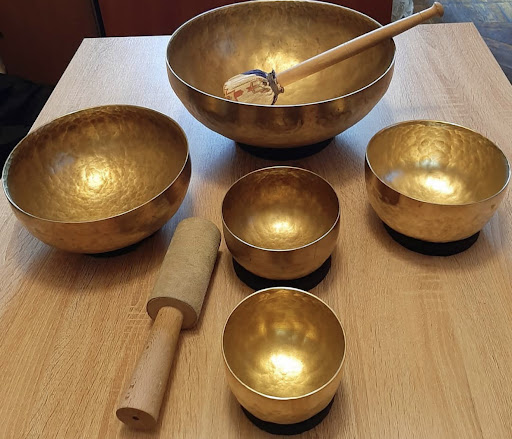

Photo taken by Arpina Melikyan
Photo taken by Arpina Melikyan
Louis Sullivan
Housing designer in the Johnathan Hay Centre that provided a "culturally specific living" for laborers and migrants from the countryside.
The Mission of Art
Beyond Entertaining
Beyond Entertaining
May 2022
Since 2020, the National Gallery of Armenia's permanent exhibition has been undergoing renovations. However, it was not proven to be a barrier to the organization of educational programs. The gallery had programs at its other locations in Yerevan and other cities during the restoration era. Several major programs made the temporary exhibitions quite memorable for children starting from the age of five.
The art experts from the National Gallery of Armenia are looking forward to creating new projects and are currently managing to compensate for the gallery’s renovation process with their program.
The art experts from the National Gallery of Armenia are looking forward to creating new projects and are currently managing to compensate for the gallery’s renovation process with their program.
Ani Avagyan was the one who initiated the National Gallery Education Programs. . Her career and personal experience as a museum expert were the two key catalysts for launching an educational program. She disliked the official museum visiting rituals, in which she "could not speak or even breathe," so she set out to make Armenian museums more welcoming and enjoyable for visitors. "Education is the primary objective of museums," says Avagyan. "As a result, I am determined to create our national gallery a place where its number one mission could be accomplished." Avagyan developed a wealth of information and abilities after traveling around the world and gaining international experience in her areaand now she is ready to begin an educational program in her home country. Fortunately, the national gallery's staff members embraced her initiative and provided her with the opportunity to make significant changes in the world of art—albeit from a fresh, educational perspective.
Irina Babayan
Visiting galleries and museums is surely a fun and pleasing thing to do. Apart from aesthetic enjoyment, art has more to offer. Art can also be a tool to educate, instruct and guide.
Armenia's National Gallery is one of the country's most important cultural institutions. It houses a number of important Armenian and foreign artists' works. Among the Hermitage and Pushkin galleries, the gallery was the third largest in terms of collection size during the Soviet era. However, besides being a repository for notable works of art, the gallery also offers an educational program and makes art accessible to the general public.
Armenia's National Gallery is one of the country's most important cultural institutions. It houses a number of important Armenian and foreign artists' works. Among the Hermitage and Pushkin galleries, the gallery was the third largest in terms of collection size during the Soviet era. However, besides being a repository for notable works of art, the gallery also offers an educational program and makes art accessible to the general public.
"There was no modern experience, as everyone approached the idea of gallery in a Soviet manner," Hasmik Badalyan, acting member of the Education Program department, recalls. "Almost 15 years ago, the idea of educational programs was not recognized even by specialists." When visiting a gallery, kids only had a rudimentary concept of how they should behave in the halls: no one could sit on the floor, chat, or, most importantly, interrupt the guide. Ani was the first to speak up about educational programs, conduct research on foreign programs, and put the concept into action.” According to Badalyan, the first successful experience demonstrated that it was worthwhile to practice the programs.
Louis Sullivan
The National Gallery Education Program was established as a separate field in the gallery in May 2012. The programs started to have a constructive structure regarding the age range of the participants, the place, and the events. The Education Program began collaborating with schools and other organizations, observing their educational programs and connecting them to the gallery's interactive activities. The first endeavor was a social initiative aimed at helping blind people. It was in the Hakob Gyurjian museum's sculpture hall, where an amazing collection of sculptures was on show. As Badalyan recalls, the kids were told about the works and then they touched the sculptures and their reactions were magical. Afterward , they tried to transfer their thoughts on paper or copied the sculptures with plasticine.
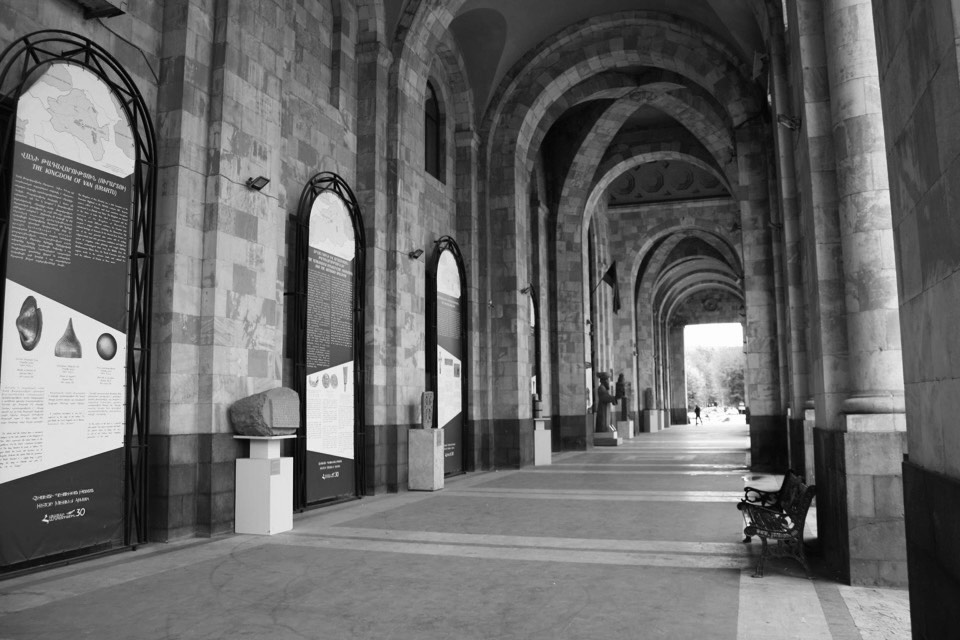

Photo taken by Melkom Melkomian
Photo taken by Heghinar Melkom Melkomian
